Pasternak is a vegetable plant from the Celery family. Unfortunately, on the gardens you can find it infrequently. But this is a very useful plant that contains 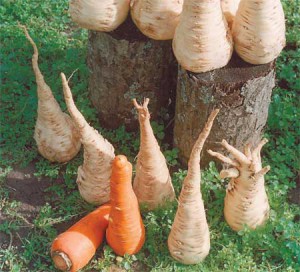
I sowing Pasternak at the end of April. I make a groove for sowing at a distance of 40 cm, seeds sowing at a depth of 2-3 cm. Shoots appear slowly - 2 weeks after sowing. A plot intended for sowing Pasternak prepare from autumn: leaving, moist up. In the spring, the soil remains only to cut down, adding a slightly nitrate to it (1 tbsp. A spoon on 1m2).
Shoot twice reloading: in phase 2-3 of real leaves and in phase 4-5 leaves. Between the plants, I leave 10-12 cm. Pasternak is a light-affiliated plant, especially in the initial period of growth.
When leaving for it, I follow the humidity of the soil - I do not often water, but abundantly. Watering is especially important during the actual growth of root. With lack of water, they will not grow large, besides they can crack.
For the season feeding Pasternak 2 times. The first time - when the plant has already developed enough, but still young, feeding a cowhouse (1 l cowboat on 10 liters of water), the second - in a month - phosphorus-potash fertilizers.
Cleaning Pasternak I spend at the end of October, before frosts, dumping the root of the roots. I cut the leaves, I cleanse the root from the ground, drying in the air and put on storage in the cellar, speaking sand. Part of the plants can be left in the soil until spring (if there are no mice on the plot).
Pasternak varieties a lot. For heavy soil, a variety of a 10-15-minute fruit is good for a 10-15 cm long form. But I prefer the fruit of the conical shape. Most of all I like Ternsi '(length 30-40 cm, weight 500-700 g). And the largest root roof gave me a "Russian size" variety (length up to 50 cm, weight 2 kg 100 g).
To taste Pasternak looks like carrots, but more spicy and sweet. We use it for cooking soups, salads, stew, when preserving vegetables.





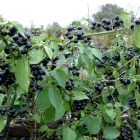


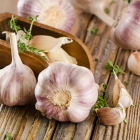


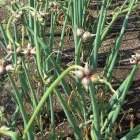
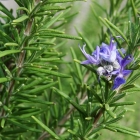
 Start a discussion ...
Start a discussion ...